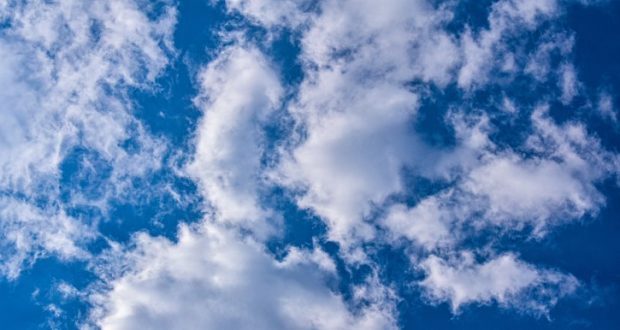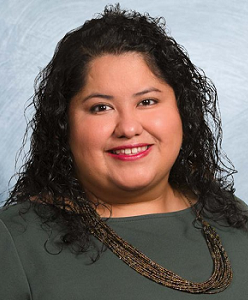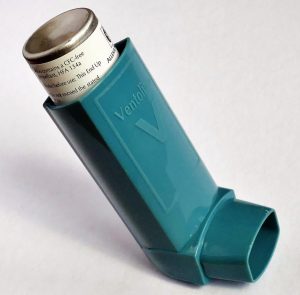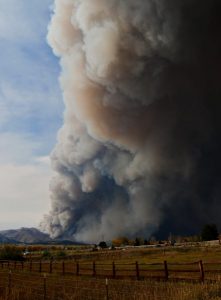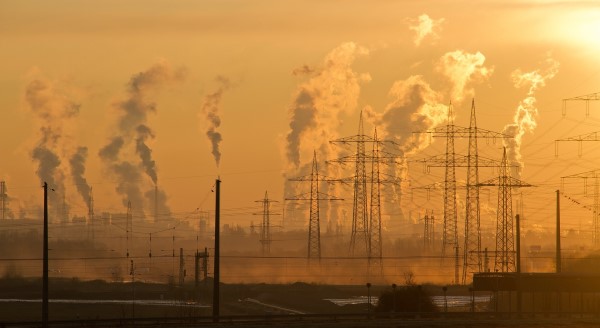MOUNTAIN COMMUNITIES — The Valley Air District Governing Board unanimously voted last week to launch a pilot Clean Air Rooms program.
![]() The pilot program, which should open in a few weeks, will provide approximately 1,500 free residential air purifier units with one additional replacement filter to residents throughout Valley disadvantaged communities.
The pilot program, which should open in a few weeks, will provide approximately 1,500 free residential air purifier units with one additional replacement filter to residents throughout Valley disadvantaged communities.
The goal of the program is to help mitigate the harmful health effects of wildfire smoke on Valley residents, and in particular the District’s most vulnerable populations.
 Residents within the District boundaries who reside within communities as defined by CalEnviroScreen (typically low-income underserved communities) will be able to participate and receive a portable air filtration unit to use in their home to help purifier the air during episodes of poor air quality.
Residents within the District boundaries who reside within communities as defined by CalEnviroScreen (typically low-income underserved communities) will be able to participate and receive a portable air filtration unit to use in their home to help purifier the air during episodes of poor air quality.
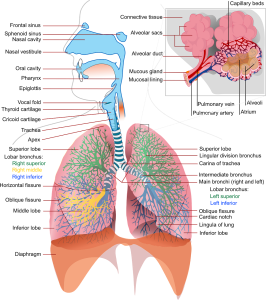 Grants awarded during the pilot phase of the program will be on a first-come first-served basis, yet the District hopes to expand the program after this pilot phase. Residents interested in information about this program can receive information by signing up for the Clean Air Room: Residential Air Purifier Program email notification list.
Grants awarded during the pilot phase of the program will be on a first-come first-served basis, yet the District hopes to expand the program after this pilot phase. Residents interested in information about this program can receive information by signing up for the Clean Air Room: Residential Air Purifier Program email notification list.
“Smoke from severe wildfires can inundate the Valley and make its way into homes, causing health impacts to our most vulnerable residents,” stated Samir Sheikh, Executive Director/APCO of the Valley Air District. “This program is designed to help families who may not otherwise be able to buy an in-home air purifier to protect their families during wildfires.”
“So many Valley residents already face significant challenges with respect to environmental and economic disparities and then are subjected to major smoke impacts during severe wildfires” stated Dr. Tania Pacheco-Werner. “Community-facing programs like these provide much-needed tools during these critical times.”
In a well-sealed indoor environment (e.g., windows and doors closed and sealed tightly), HEPA air filtration devices, such as those that will be offered under this program, can reduce particulate matter indoors by more than 90 percent. Use of air filtration devices to create “clean air rooms”, such as a bedroom, will ensure that the home has a dedicated space with safe indoor air quality during smoke events.
Particulate matter can trigger asthma attacks, aggravate chronic bronchitis, and increase the risk of heart attack and stroke. Individuals with heart or lung disease should follow their doctors’ advice for dealing with episodes of PM exposure.
Those with existing respiratory conditions, including COVID-19, young children and the elderly, are especially susceptible to the health effects from this form of pollution. Residents experiencing poor air quality due to wildfire smoke should move to a filtered, air-conditioned environment with windows closed.
Common cloth and paper masks being used as protection from COVID-19 may not be sufficient protection from wildfire smoke inhalation. For outdoor workers and other individuals that may not be able to remain indoors, state health authorities recommend the use of N95 facemasks as feasible.
For details on current and past wildfires affecting the Valley, as well as resources to protect yourself from exposure to wildfire smoke, visit the District’s Wildfire Information page at valleyair.org/wildfires.
In addition, you can access RAAN to check air quality at any Valley location or use the “Valley Air” app, which is free to download on any mobile device.
You may also view the EPA’s AirNow Fire and Smoke map for information regarding current air quality and smoke impacts.
For more information, please e-mail grants@valleyair.org, or speak to Air District staff by calling 559-230-5800.
The Valley Air District covers eight counties including San Joaquin, Stanislaus, Merced, Madera, Fresno, Kings, Tulare and San Joaquin Valley air basin portions of Kern. For additional information about the San Joaquin Valley Air Pollution Control District, visit valleyair.org or call 559-230-6000.

